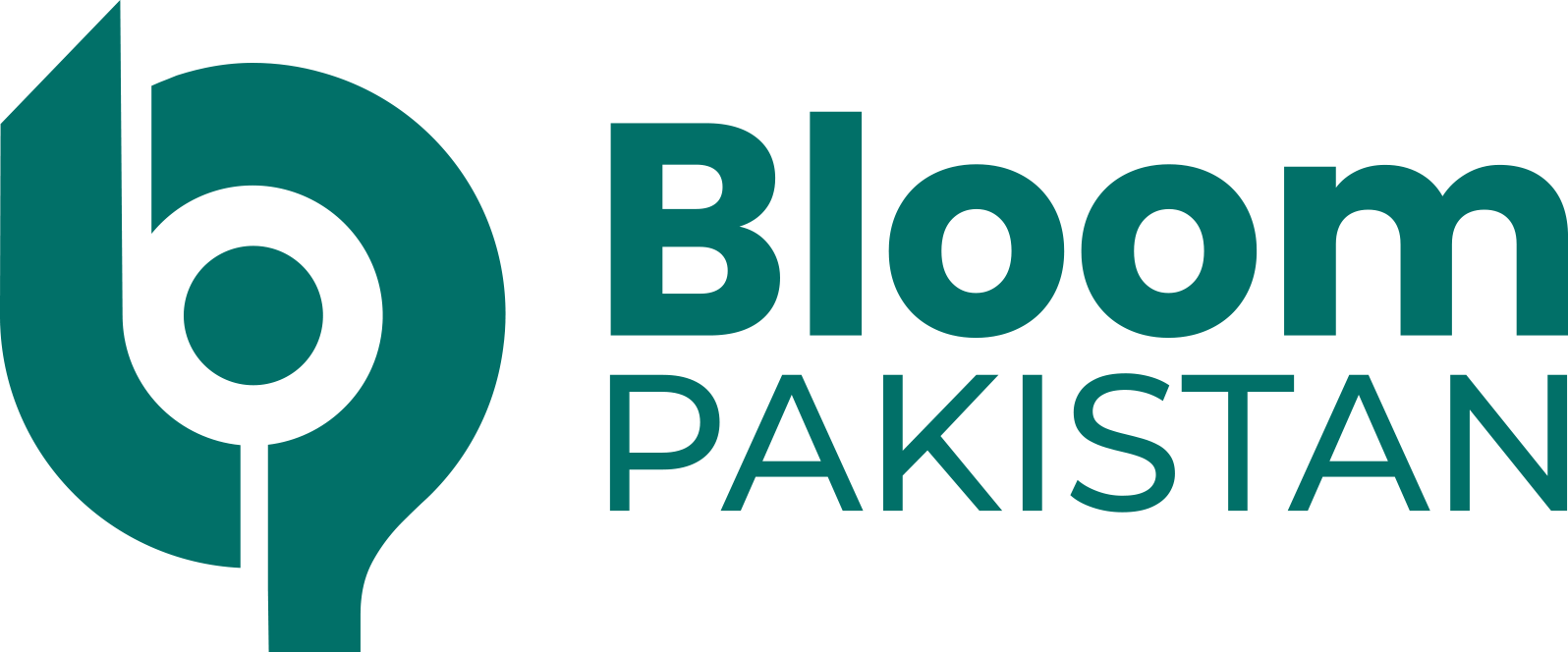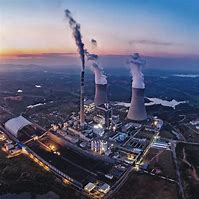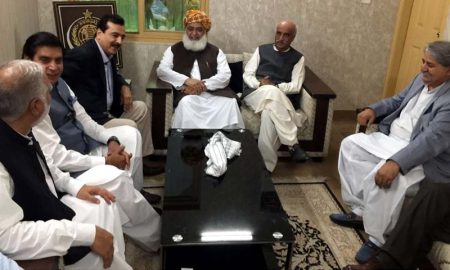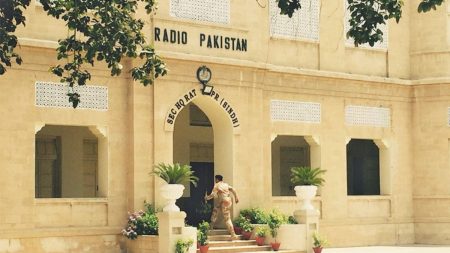Speakers at a panel discussion emphasized that Pakistan is experiencing a 38 percent increase in energy prices overall, in addition to a 62 percent increase in capacity charges, which has resulted in tariff hikes in the nation. However, these issues could be resolved by implementing an independent power consumer model that encourages individual power generation.
Under the sponsorship of the Network for Clean Energy Transition (NCET), the Sustainable Development Policy Institute (SDPI) held a panel discussion on “Pakistan’s Electricity Tariff Structure: Insights and Key Determinants” as part of its Monday Seminar series.
Pakistan’s customer categories and tariff-setting procedures were described by Dr. Khalid Waleed, Research Fellow at SDPI. He emphasized how the tariff structure is made to take into account different consumer kinds and consumption patterns.
48 percent of consumption is accounted for by residential customers, who are categorized under category A-1 and comprise 89 percent of the consumer base. This tendency runs counter to the worldwide trend wherein industries are the primary power consumers. However, commercial customers (A-2) account for 7% of consumption and 9% of consumers in Pakistan.
He went on to describe the process underlying the high cost of power. The capacity charge in Pakistan is more than the generating price and includes fixed operating and maintenance expenses, return on equity, insurance, debt payments, working capital financing fees, and procurement and construction costs.
It is predicted that the Energy Price (EP), which accounts for fuel costs as well as variable operating and maintenance costs, will climb from Rs. 0.84 trillion in FY24 to Rs. 1.16 trillion in FY25, or from Rs. 10.94/unit to Rs. 15.65/unit. It is projected that the Capacity Price (CP) will increase from Rs. 1.847 trillion in FY24 to Rs. 1.95 trillion in FY25, accounting for Rs. 18.39/unit, or 60%, of the total electricity bill.
The numerous levies levied are another factor contributing to the rising cost of power. He clarified that Pakistani power bills comprise many levies, such as the federal government’s 18% General Sales Tax (GST) and the province governments’ 1.5% power Duty for residential users and 2% for business customers.
He proposed that “a number of strategies can be employed to effectively address the issue, such as advocating for region-wise competitive tariffs and improving service quality, as well as removing the six-month criteria for protected consumers and promoting innovative financial solutions and simplifying the SLAB mechanism.”
In order to promote sustainability, Dr. Musarat Jabeen emphasized the idea of the independent power consumer (IPC) model, arguing in favor of solar energy projects and urging everyone to produce their own energy. She underlined the necessity of creating new policies that are suited to our unique requirements and difficulties.









